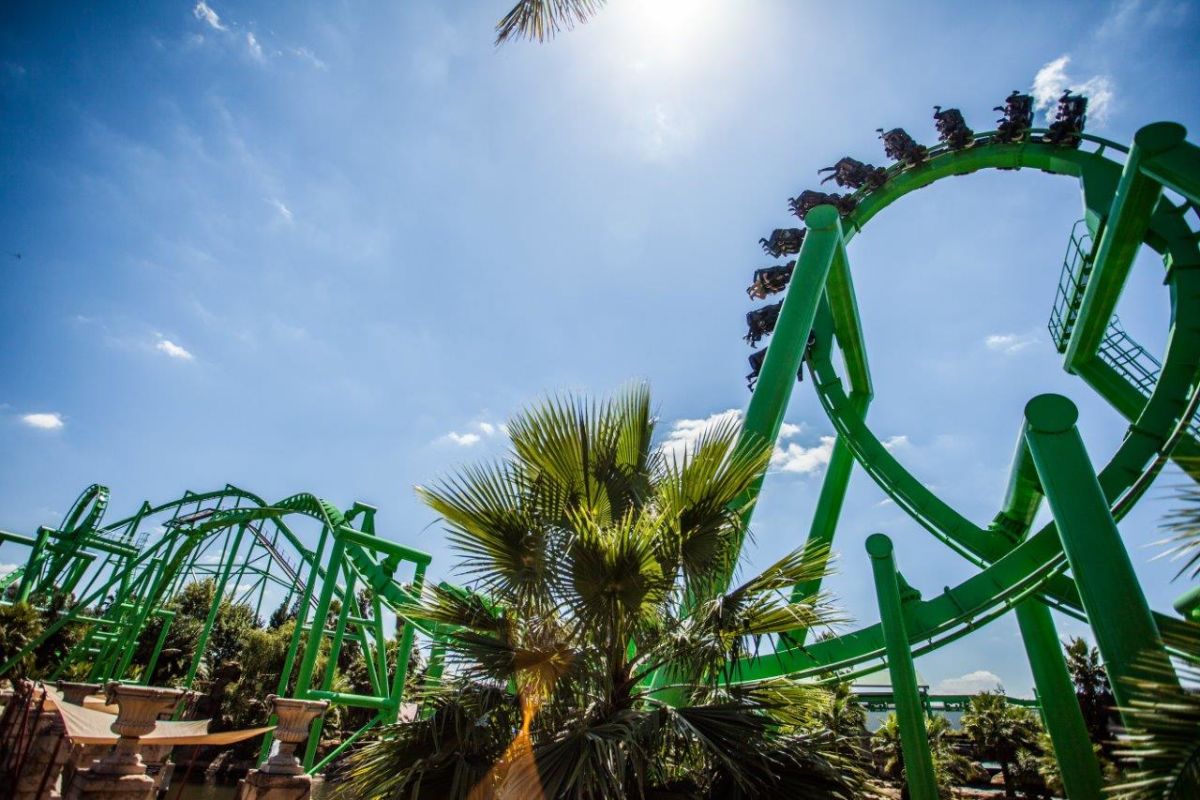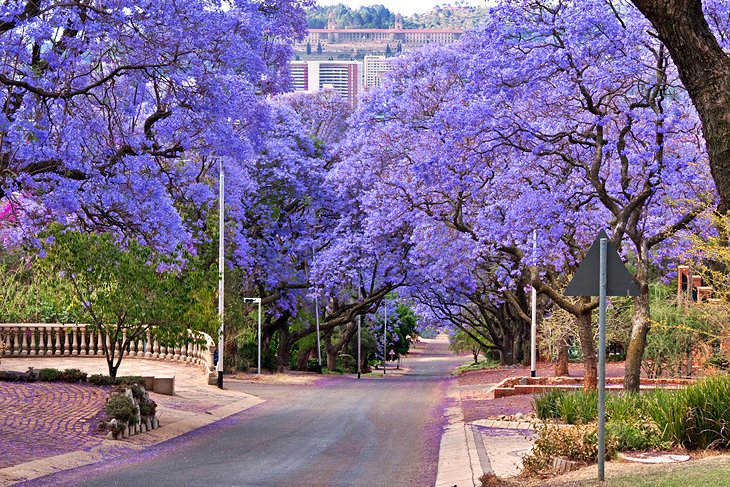Rumored Buzz on Johannesburg North Attractions
Rumored Buzz on Johannesburg North Attractions
Blog Article
Everything about Johannesburg North Attractions
Table of ContentsJohannesburg North Attractions Fundamentals Explained4 Easy Facts About Johannesburg North Attractions ShownThe Johannesburg North Attractions DiariesRumored Buzz on Johannesburg North AttractionsHow Johannesburg North Attractions can Save You Time, Stress, and Money.Indicators on Johannesburg North Attractions You Should Know8 Easy Facts About Johannesburg North Attractions Shown
You ought to maintain safety in mind and tourists must remain sharp at all times when in unknown environments. Speak with the citizens when you are in community to discover the location you are remaining in. Johannesburg North attractions. When on the road (this doesn't relate to mall and various other protected settings) best general advice is to attempt your finest to resemble a local and to avoid displaying any kind of wealth
The Facts About Johannesburg North Attractions Revealed
Teacher Revil Mason O. J. (Thomson, 1946) checked out the Witwatersrand's pre-colonial background. His historical job blew up the 'em pty land' misconception, according to which the area was devoid of human habitation prior to the arrival of European settlers. In his publications Prehistory of the Transvaal: A Record of Human Activity (1962) and Beginnings of Black Individuals of Johannesburg and the Southern Western Central Transvaal Advertisement 3501880 (1986 ), Teacher Mason showed the extent of social and economic growth in the location prior to Europeans established foot below.

Getting The Johannesburg North Attractions To Work
In 1878, David Wardrop found gold in quartz blood vessels at Zwartkop, north of Krugersdorp. In 1881, Stephanus Minnaar came throughout gold on the ranch Kromdraai, near the Cradle of Humankind.
In March 1886, a protrusion (soon to be called the Key Coral reef) was discovered, quite luckily, on Gerhardus Oosthuizen's ranch Langlaagte. Some claim that the Lancastrian coal miner George Pedestrian found this coral reef. One more travelling English prospector, George Harrison (that had previously worked in Australian mines) obtained a prospecting licence in regard of Langlaagte in May 1886.
He made a decision to move on in a mission for greener pastures, and disposed of his Langlaagte insurance claim for the baronial amount of 10. Alas: below lay the wealthiest goldfield ever located. The discovery of this abundant auriferous coral reef provoked a gold thrill that signified completion of agrarian serenity in the southerly Transvaal.
It would certainly, within six years, become the largest community in southern Africa. Within a decade, it would certainly make the Z. A. R. go to this website until then an anarchical and bankrupt little state the most affluent country in Africa. By the millenium, the Z. A. R. was to surpass Russia, Australia and the USA of America to come to be the globe's leading gold manufacturer, generating greater than a quarter of the world's gold.
A Biased View of Johannesburg North Attractions
It was referred to as Ferreira's Camp, called after Colonel Ignatius Ferreira. He was a Boer adventurer upon whom the British authorities had presented the status of Buddy of one of the most Distinguished Order of St Michael and St George (qualifying him to the post-nominal letters C. M. G.) in thankfulness for his role in the battle that had deposed the Pedi king Sekhukhune in 1879.
Two other camps were developed: Meyer's Camp on the ranch Doornfontein, and Paarl Camp. The latter was nicknamed Afrikander Camp; many people from the Cape Colony cleared up there.

Johannesburg North Attractions for Beginners
This name gained currency by word of mouth, such that the State Secretary attested the name to the Mining Commissioner on 9 October 1886. Stands in the town were auctioned on 8 December 1886. While some stands were cost 10, others have a peek here were knocked down for just sixpence.
2 years later, these erven were to alter hands for as high as 750 each. The tented camps diminished as a dorp of corrugated iron structures created and increased north of the mines situated along the Main Reef Road. Areas such as Jeppe's Community (where working-class immigrants erected their houses) and Doornfontein (where the upscale brand-new 'Randlords' started to build their extravagant houses) were soon contributed to the ever-expanding map of the community.
Rumored Buzz on Johannesburg North Attractions
Apart from the road names, there were no signs of Johannesburg being situated in a Dutch-speaking nation., almost everyone spoke English and also the Government servants dealt with one in English, unless they were first dealt with in the Taal (or Reduced Dutch)'.
As such, Britain had a passion in making certain optimum conditions for gold production on the Witwatersrand, which the gold was exported to London instead of Berlin an important made all the extra clamant by the Z. A. R - Johannesburg North attractions.'s raising toenadering with Germany. Mine proprietors got on an accident training course with Head of state Kruger, whose plan of look at here now monopolistic concessions (frequently provided to his cronies) avoided mining firms from obtaining supplies of products (specifically dynamite) and labour by themselves, less expensive terms
Johannesburg North Attractions Fundamentals Explained
In 1890, the Volksraad had limited the franchise business to white guys that had actually lived in the Z. A. R. for fourteen years or longer, therefore invalidating the majority of the immigrants (that occurred to be the major contributors to the fiscus). Frustration for the vote was a plain pretense for advertising a different schedule; the majority of uitlanders regarded themselves as temporary site visitors and had no intention of remaining in the Z.
Report this page